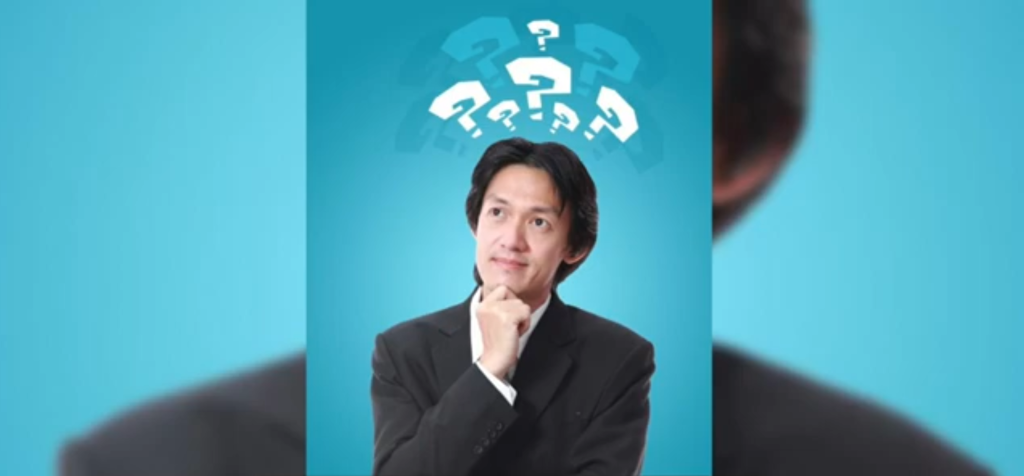Repeat Purchases

“When you’re in the women’s fashion business, after a customer buys your clothes, you might follow up with a phone call to ask about their satisfaction. Sometimes, customers express their delight, saying, ‘Very satisfied.’ Upon hearing this, you feel pleased too, eagerly awaiting the customer’s ‘repeat purchase.’ However, that anticipated moment never comes. Despite the customer’s expressed satisfaction, there’s no sign of a second purchase. What should you do?
To solve this ‘what should you do’ problem, first, let’s understand its essence.
Research indicates that 65% to 85% of customers who claim satisfaction will switch to other companies’ products. Why is that? Are customers lying when they say they’re very satisfied? They aren’t lying. It’s just that when there’s little difference in product quality, an increase in customer satisfaction doesn’t lead to increased loyalty. This is the well-known ‘customer satisfaction trap.’
So, the essence of this problem is that customer satisfaction doesn’t directly lead to ‘repeat purchases.’ To encourage customers to make repeat purchases, you need to actively manage the ‘customer lifecycle’ and help them develop the habit of ‘repeating purchases.’
How can you do this? Let me give you an example.
The former richest man in Taiwan, Wang Yongqing, initially made a living selling rice, and his selling method was quite unique. Whenever he delivered rice, Wang Yongqing would help the customer pour out the aged rice, carefully clean the rice container, place new rice at the bottom, and place the aged rice on top, making customers extremely satisfied.
However, he didn’t stop at just satisfying customers. He meticulously recorded the size of the rice container, the number of people in the household, the daily rice consumption, estimated delivery frequency, and quantity in a notebook. He also knew the customer’s payday.
When the customer’s rice was running low, Wang Yongqing would deliver the rice and collect payment one or two days after the customer’s payday. By actively managing the customer’s purchasing lifecycle, Wang Yongqing retained more and more ‘repeat purchase’ customers, and customer loyalty grew.
Studies show that customer loyalty is cultivated by the fifth purchase; the first three purchases have the most significant impact on loyalty. Therefore: make sure customers buy 3 to 5 times.
What should you do? You can learn from Wang Yongqing, actively manage the ‘customer lifecycle,’ and, under the premise of ensuring customer satisfaction, strive to encourage the first 3 to 5 purchases. So, what exactly is the ‘customer lifecycle’?
If you treat customers as assets, after their initial purchase, they go through four stages: 1) Active Period, where they are your ‘liquid assets’; 2) Silent Period, ‘non-liquid assets’; 3) Dormant Period, ‘bad debts’; 4) Churn Period, ‘write-offs.’
You can use different strategies at each stage. How exactly? Let’s break it down:
Active Period (30-45 days). In this stage, maintain contact frequency without focusing too much on promotions or discounts.
For example, send notifications about new arrivals or recommend associated products like, ‘The scarf that goes with the blouse you bought is in stock; would you like to try it? Or offer a stimulus to repurchase within 45 days by providing a seasonal gift.
Silent Period (45-90 days). In this stage, maintain contact frequency and start a minimal amount of marketing stimulation.
Continue sending notifications about new arrivals and associated recommendations. Also, target recommending extremely cost-effective popular products. For instance, ‘We’ve launched a hat similar to the one Zhou Dongyu wears, and it’s super cheap. Invite customers to participate in event marketing, share the story behind their favorite clothes, and win big prizes. See if there are any holidays during this phase, send warm greetings, and small discount coupons. If the silent period is ending and the customer hasn’t made a repeat purchase, offer a high-value seasonal gift for a second purchase within 90 days.
Dormant Period (91-180 days). The risk of customer loss is significant at this stage; control limited contact and use significant discount activities to regain them.
At this point, new arrivals and associated recommendations are not the main focus. Keep recommending very tempting popular items. You can also target special sales promotions, e.g., ‘Seasonal clothes are all 50% off.’ You can gently remind users that they haven’t been around for a long time, their membership level may be downgraded, and they may miss some offers. If the dormant period is ending and the customer hasn’t made a repeat purchase, offer a special discount for a second purchase within 180 days.
Churn Period (180 days or more). Customers in this stage are basically lost; reduce contact and save them for major promotions.
If you’ve tried for 180 days without success, stop trying. These customers can be temporarily put aside and awakened during Double 11 or annual store celebrations, but it’s a last-ditch effort.
After these four steps, your customers are likely to be truly ‘stuck.’
Finally, let’s summarize. What is ‘customer lifecycle management’? It’s using different ‘wake-up strategies’ during the four stages after the customer’s first purchase – active, silent, dormant, and churn – to ensure at least 3 to 5 repeat purchases, fostering customer loyalty. That’s ‘customer lifecycle’ management.”








